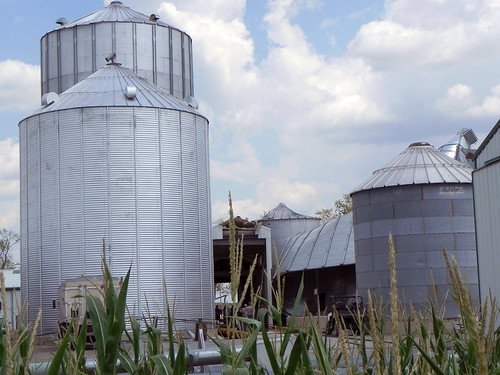
This post is part of a Microloan Success feature series on the USDA blog. Check back every Tuesday and Thursday as we showcase stories and news from USDA’s Farm Service Agency.
For the last few weeks we have shared stories about farmers and ranchers across the country that are benefitting from the Farm Service Agency (FSA) Microloan program. The stories highlighted new farmers starting out on their own, producers who follow a proud family tradition of working the land, and even one farmer who, at 92 years young, is finding new ways to keep growing — all with the help of the Microloan. The program allows beginning, small and mid-sized farmers to access up to $35,000 in loans using a simplified application process with up to seven years to repay.
Microloans are just one of many ways FSA is helping farmers and ranchers. We also offer Disaster Assistance. Producers around the country have suffered through two and a half difficult years with no disaster assistance because these programs were awaiting Congressional action. With the passing of the 2014 Farm Bill, eligible producers can sign up today to get help.
Implementing these programs has been a top priority. Dedicated staff in more than 2,000 FSA offices across the country stand ready to assist eligible producers to sign up for one of four disaster assistance programs.
The Livestock Indemnity Program (LIP) and the Livestock Forage Disaster Program (LFP) provide payments to eligible producers for livestock deaths and grazing losses that have occurred since the expiration of the livestock disaster assistance programs in 2011, including calendar years 2012-2014. This long-awaited assistance will aid ranchers in states like South Dakota who suffered the loss of thousands of cattle during Winter Storm Atlas last October.
Enrollment also is open for producers with losses covered by the Emergency Assistance for Livestock, Honeybees, and Farm-Raised Fish Program (ELAP) and the Tree Assistance Program (TAP).
Producers should schedule an appointment with their local FSA county office to apply for these programs and to discover other tools and resources offered through FSA to help you meet your goals and grow your operation.
Resources like the Microloan program have proven to be a success for small, beginning and mid-sized farmers. It helps producers pay for initial start-up expenses like hoop houses, essential tools, irrigation, delivery vehicles and annual expenses such as seed, fertilizer, utilities, land rents, marketing and distribution expenses.
By further expanding access to credit to those just starting to put down roots in farming, USDA continues to help grow a new generation of farmers, while ensuring the strength of an American agriculture sector that drives our economy, creates jobs, and provides the most secure and affordable food supply in the world.
